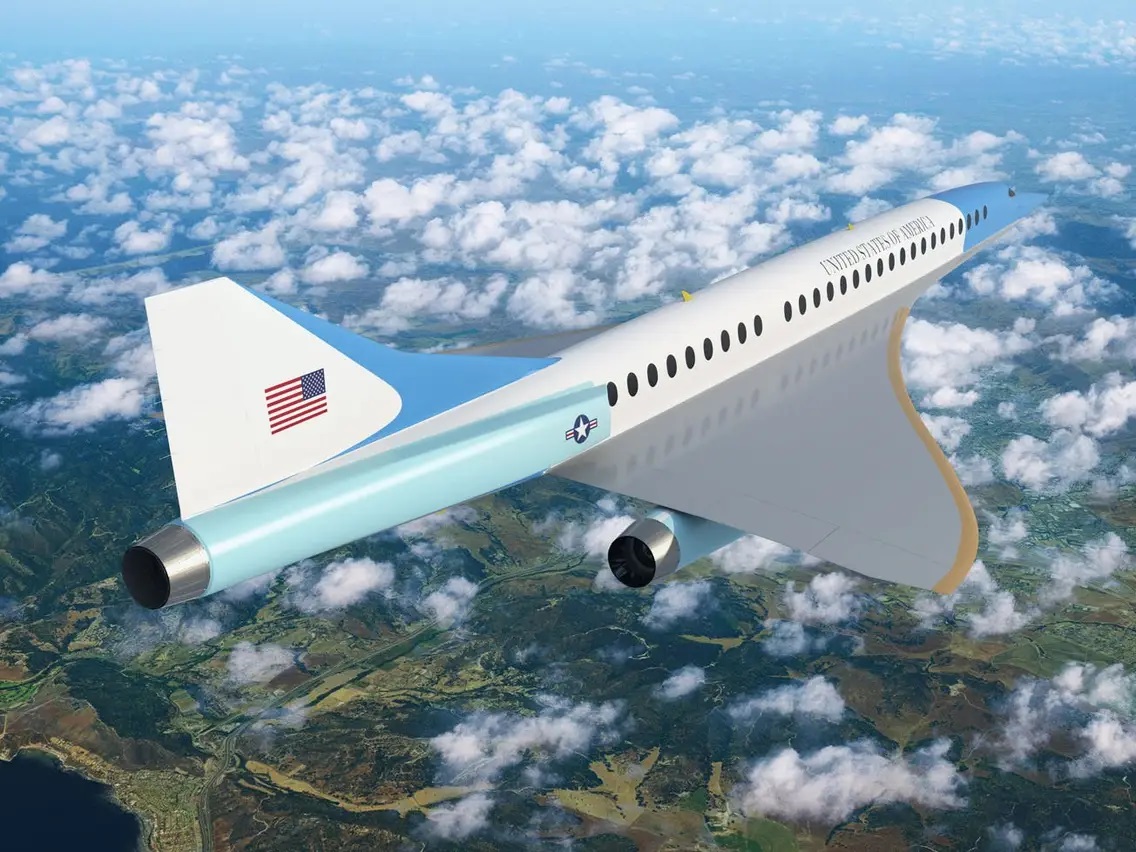The first VC-25B, the future replacement for the VC-25A (Air Force One), based on the latest generation Boeing 747, has accumulated a series of delays now reaching 17 months. The US Air Force is seeking to revise the development schedule to reduce these early delays and prevent others from occurring.
The need to replace an aging aircraft
On May 16, 2016, the USAF announced that Boeing would begin the preliminary work necessary to replace the two VC-25A aircraft. This date also opens discussions between Boeing and the U.S. Air Force to sign a contract. In 2018, the Trump administration formalized the contract with Boeing to replace the two VC-25As, based on the Boeing 747-200, with two VC-25Bs, based on the Boeing 747-800.
The latter will be much less expensive to operate, more efficient and better suited to current technologies than the two current aircraft,; operational since 1990. As an example, it became apparent during the September 11, 2001 attacks that President Bush could coordinate his armies or unleash nuclear fire from Air Force One, but had no way to address the American people, as the aircraft lacked the required equipment and facilities.
In March 2020, the first Boeing 747-800 was received at Kelly Field Air Force Base, Texas, to begin adaptation work performed by Boeing itself, with the perceived aircraft being a civilian production model.
A Backlog of Delays
The U.S. Air Force is in the process of finalizing a new schedule with Boeing for delivery of the two VC-25Bs, as the first of the two aircraft has already accumulated a 17-month delay. The USAF is seeking to reduce the delay, but also to avoid it increasing at all costs. Last summer, Boeing announced a cumulative delay of 12 months, an increase of 5 months in the space of 6 months... The U.S. Air Force expects a deal in the next two months.
Boeing explains the delay by the COVID pandemic, the economic situation of the company, but also by the bankruptcy of GDC Technics, in charge of building the cabin interior of the two VC-25Bs.


Découvrez cet article sur Air&Cosmos

